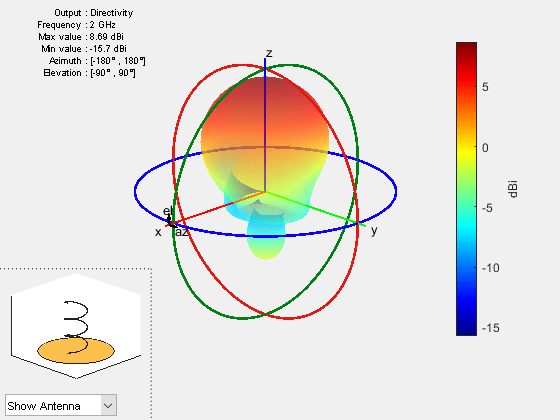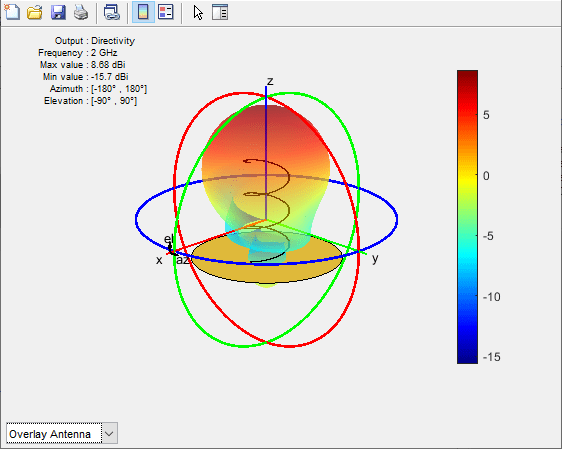PatternPlotOptions
Create option list to customize 3-D radiation pattern for pattern overlay option
Description
patternplot = PatternPlotOptions creates an option list for a 3-D
radiation pattern for pattern overlay option.
patternplot = PatternPlotOptions(
returns a pattern plot option list based on the properties specified as name-value
arguments. Properties that you do not specify retain their default values.Name=Value)
Examples
Name-Value Arguments
Version History
Introduced in R2019a

